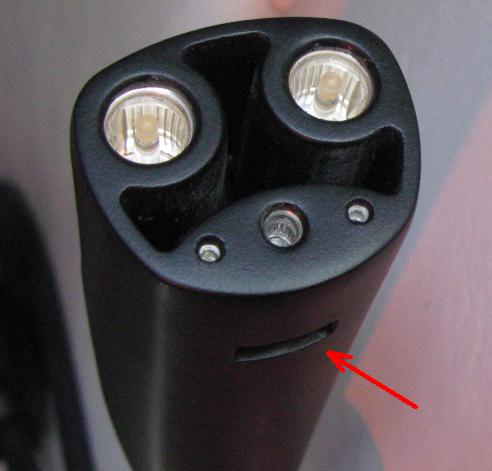So, I was thinking about the issue of all of the competing charging standards. CHAdeMO appears to be on its way to being eclipsed by CCS Combo, although it's probably not going down without a fight. Tesla has two separate charge connectors, a two wire connector for the US and a Type 2-based connector in Europe. CCS has the bully pulpit with more influence in European governments, but Tesla has more power with respect to mass deployment. Tesla is now in CharIN, meaning it will also have some influence over CCS.
When it comes to new charge connectors, there's always a push for backward compatibility. There's likewise always a push for higher powers - but cables aren't allowed to become bulky. Europe (rightly) loves 3-phase for AC, so Tesla's US connector is a non-starter. Tesla (rightly) loves simple connectors that are compact and not overly complicated. How to unify all of these things? Here's my attempt.

Backwards compatibility: The connector is based on the DC port of CCS combo, and matches it dimension for dimension. A car with this connector that also has the old Type 2 socket above for backwards compatibility can accept an old CCS charger (the backwards-compatibility port can be removed from future models once old CCS combos are phased out). A charger with this connector can still power unequipped cars, so long as it has a (clipped on) Type 2 plug as well (which can be removed once old vehicles are no longer on the road in significant numbers).
Simplicity: The cable is as small and simple as it could possibly realistically be, with no needless pins or bulk. It nonetheless allows for DC, AC single phase, and AC three phase (no ground like the Tesla US superchargers, although one could be added if desired). The extra pin for three phase ensures that the cable only fits in in one orientation (must be spring-loaded or actuated on the plug end to avoid getting in the way when connecting to old CCS combo ports). Data is handled optically.
Power: While the pin sizes stay the same, the addition of coolant channels allows the charger to run coolant down its cable - thus keeping cable temperatures down and allowing much more power to be run through the same size cable. If the car wishes to utilize the external coolant, it can route it through its battery pack. If the car wishes not to use coolant, it can directly loop back the inflowing coolant to the outflowing coolant so that it returns straight to the cable. Older chargers (or new ones with no coolant reservoir) need not provide coolant; like with charging, it is a parameter negotiated with the vehicle and limited by temperatures and supply. No attempt is made to provide coolant to vehicles equipped with old Combo ports.
What do you think? Just some idle thoughts I felt like sketching out.
When it comes to new charge connectors, there's always a push for backward compatibility. There's likewise always a push for higher powers - but cables aren't allowed to become bulky. Europe (rightly) loves 3-phase for AC, so Tesla's US connector is a non-starter. Tesla (rightly) loves simple connectors that are compact and not overly complicated. How to unify all of these things? Here's my attempt.
Backwards compatibility: The connector is based on the DC port of CCS combo, and matches it dimension for dimension. A car with this connector that also has the old Type 2 socket above for backwards compatibility can accept an old CCS charger (the backwards-compatibility port can be removed from future models once old CCS combos are phased out). A charger with this connector can still power unequipped cars, so long as it has a (clipped on) Type 2 plug as well (which can be removed once old vehicles are no longer on the road in significant numbers).
Simplicity: The cable is as small and simple as it could possibly realistically be, with no needless pins or bulk. It nonetheless allows for DC, AC single phase, and AC three phase (no ground like the Tesla US superchargers, although one could be added if desired). The extra pin for three phase ensures that the cable only fits in in one orientation (must be spring-loaded or actuated on the plug end to avoid getting in the way when connecting to old CCS combo ports). Data is handled optically.
Power: While the pin sizes stay the same, the addition of coolant channels allows the charger to run coolant down its cable - thus keeping cable temperatures down and allowing much more power to be run through the same size cable. If the car wishes to utilize the external coolant, it can route it through its battery pack. If the car wishes not to use coolant, it can directly loop back the inflowing coolant to the outflowing coolant so that it returns straight to the cable. Older chargers (or new ones with no coolant reservoir) need not provide coolant; like with charging, it is a parameter negotiated with the vehicle and limited by temperatures and supply. No attempt is made to provide coolant to vehicles equipped with old Combo ports.
What do you think? Just some idle thoughts I felt like sketching out.



